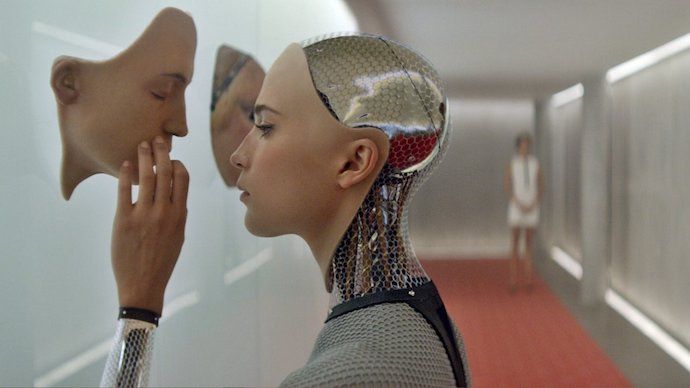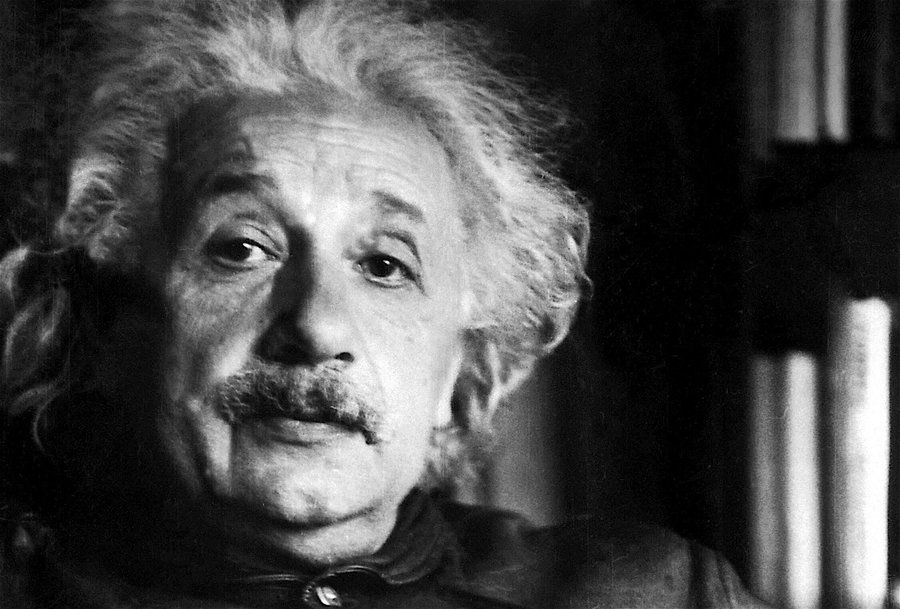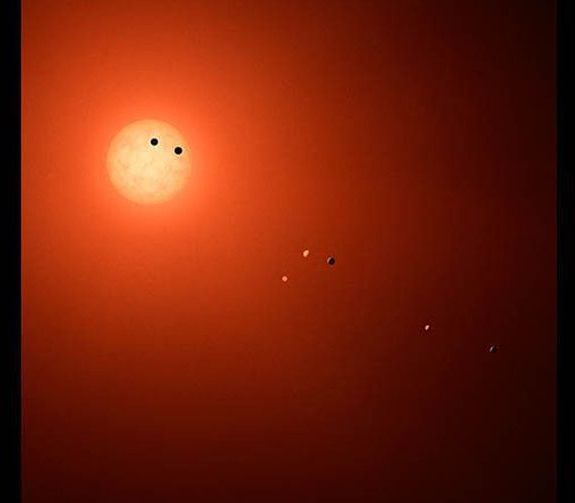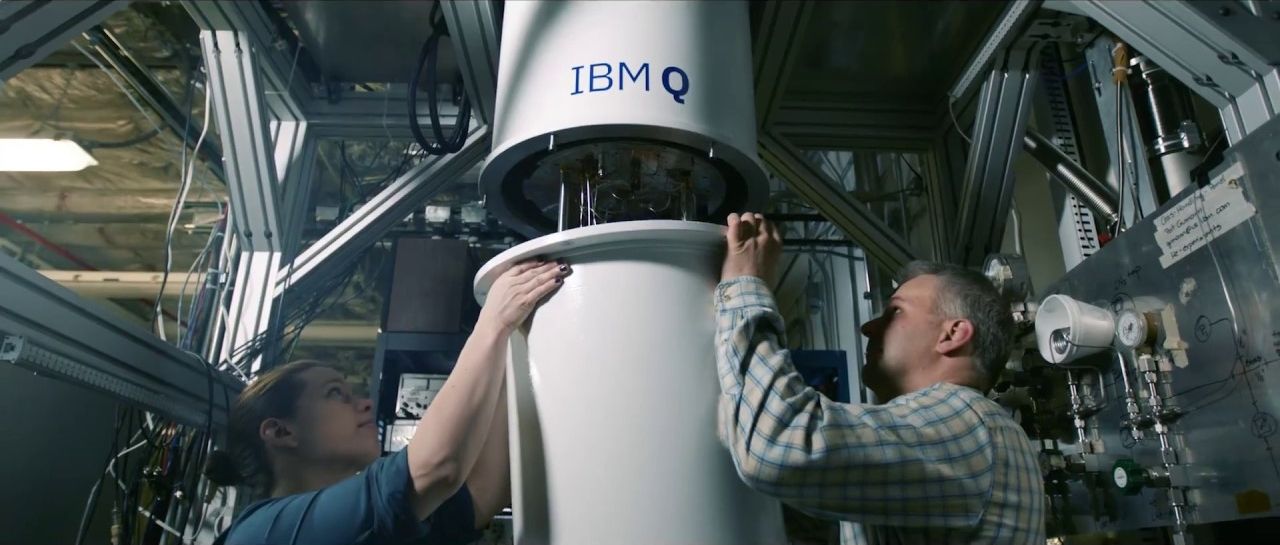
Coffee turns up some interesting properties and it isnt the caffeine in that is the star of the show.
Could coffee be a geroprotector?

Many people like to start the day with a hot cup of coffee to help get their motor running, but there could be more to this popular beverage than meets the eye. Nothing quite like the taste of hot fresh coffee and it is no surprise it has been the drink of choice in many cultures for centuries. Coffee has also long been associated with having geroprotective properties, meaning it is a substance that protects against the aging process.
A number of epidemiologic studies suggest that drinking coffee can reduce the risk of Alzheimer’s and Parkinson’s disease. Based on the cardiovascular risk factors, aging and dementia studies, the consumption of 3–5 cups of coffee a day is associated with a reduced risk for Alzheimer’s in later life. Some studies have suggested the reason coffee is beneficial is due to caffeine and its antioxidant properties, however a study in 2015 found there was no significant difference between caffeinated or decaffeinated coffee so something else other than caffeine must be responsible for its protective properties.
Read more










